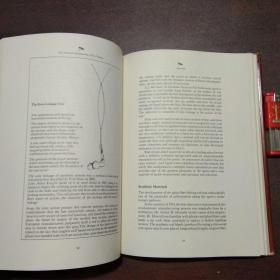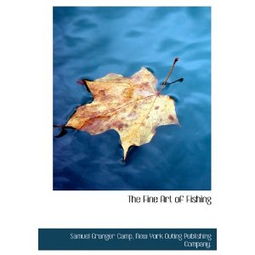Content:
Embarking on a nighttime fishing adventure can be an exhilarating experience, offering a unique blend of tranquility and the thrill of the hunt under the starlit sky. However, catching fish in the dead of night requires a different set of skills and strategies compared to daytime fishing. Here, we delve into the art of nighttime outdoor fishing, providing you with essential tips and techniques to ensure a successful night out on the water.
Understanding Nighttime Fish Behavior
Before we dive into the fishing techniques, it's crucial to understand how fish behave during the night. Many species of fish are more active and aggressive at night due to the cooler water temperatures and reduced light. This increased activity makes them more susceptible to lures and baits. Here are some key points to consider:
Species Activity: Certain species, like bass, catfish, and bluegill, are known to be more active at night. Research the species you're targeting to understand their nocturnal habits.
Water Temperature: Fish are more active in cooler water. Aim to fish during the cooler parts of the night, typically after midnight until just before dawn.
Light Conditions: Fish are sensitive to light, so a moonlit night can be advantageous. However, on overcast nights, fish may be more active due to the reduced light interference.
Equipment and Gear
The right equipment can make a significant difference in your nighttime fishing success. Here's what you'll need:
Reel and Line: A medium-heavy to heavy-duty spinning or baitcasting reel with a strong, monofilament line (8-12 pounds test) is ideal for nighttime fishing.
Lures and Baits: Soft plastics, spinnerbaits, jigs, and live bait like worms or minnows are effective for night fishing. Use colors that stand out in low light, like chartreuse, white, or bright colors with glow-in-the-dark features.
Night Vision: Invest in a good quality headlamp or a head-mounted flashlight to avoid spooking fish and to see your surroundings clearly.
Safety Gear: Always carry a first aid kit, a whistle, and a cell phone or GPS device for safety.

Fishing Techniques
Now that you have the right gear, here are some fishing techniques to help you catch more fish at night:
Patience and Quietness: Nighttime fishing requires patience. Move slowly and quietly to avoid startling fish. A gentle approach is key.
Locate Structure: Fish often congregate around structures like rocks, logs, or vegetation at night. Cast into these areas and let your bait sit for a few moments before reeling in.
Use Live Bait: Live bait can be more effective at night as it offers a more natural and realistic movement. Simply hook a worm or minnow and let it swim naturally.
Experiment with Lures: Vary your lure action and retrieve speed. Sometimes a slow, steady retrieve can be more effective, while other times a faster, more erratic movement might trigger a strike.
Adjust to the Conditions: Be prepared to adapt your approach based on the weather and water conditions. Wind, rain, and other elements can affect fish behavior and where they are located.
Keep a Journal: Note down the time, location, and techniques that work best for you. This can help you refine your approach and increase your success rate over time.
Safety Precautions
Lastly, always prioritize safety when fishing at night. Here are some important precautions to take:
Tell Someone: Inform a friend or family member of your fishing plans and expected return time.
Check the Weather: Before heading out, check the weather forecast and be prepared for changing conditions.
Stay Hydrated and Nourished: Nighttime fishing can be long and tiring, so make sure to stay hydrated and eat healthy snacks.
Be Aware of Your Surroundings: Pay attention to your surroundings to avoid accidents and to stay safe.
By following these tips and techniques, you'll be well-prepared to tackle the challenges of nighttime outdoor fishing. Remember, the key is patience, preparation, and a willingness to adapt to the unique conditions of night fishing. Happy fishing!












